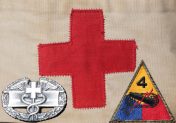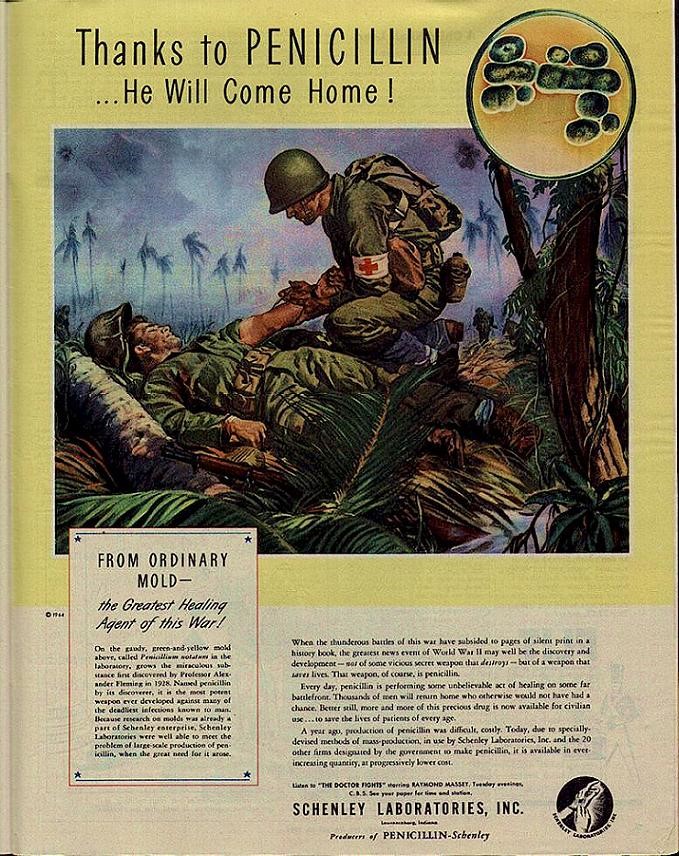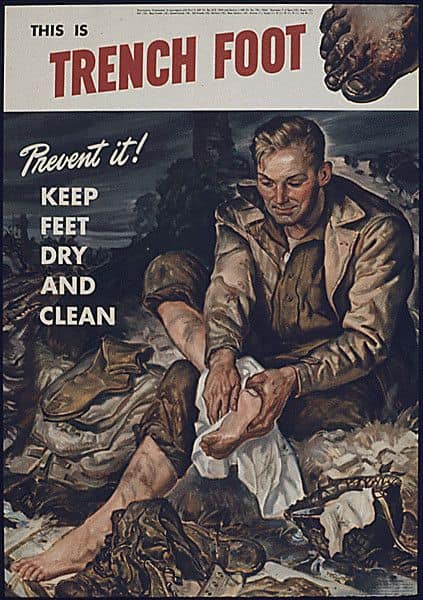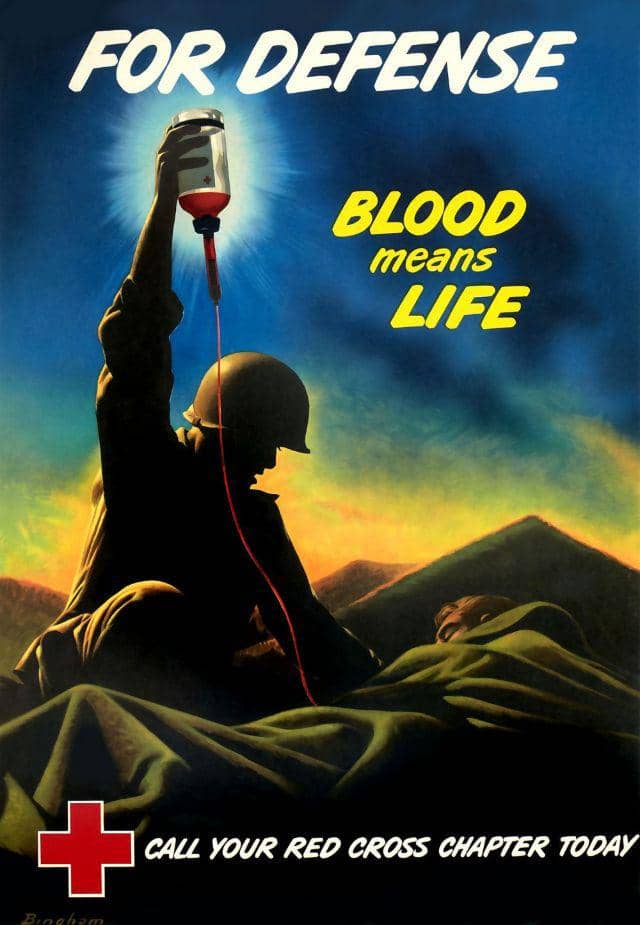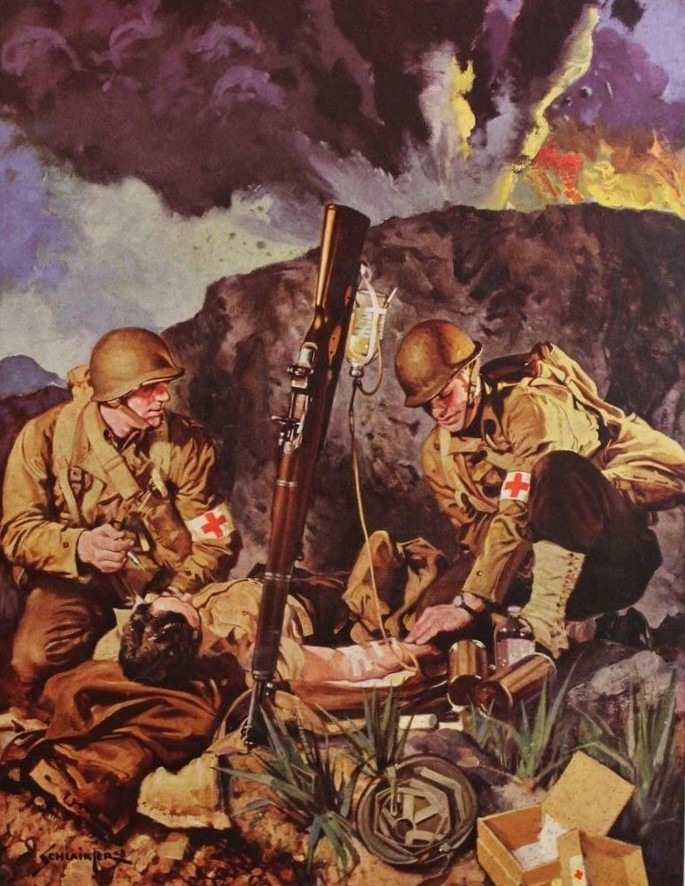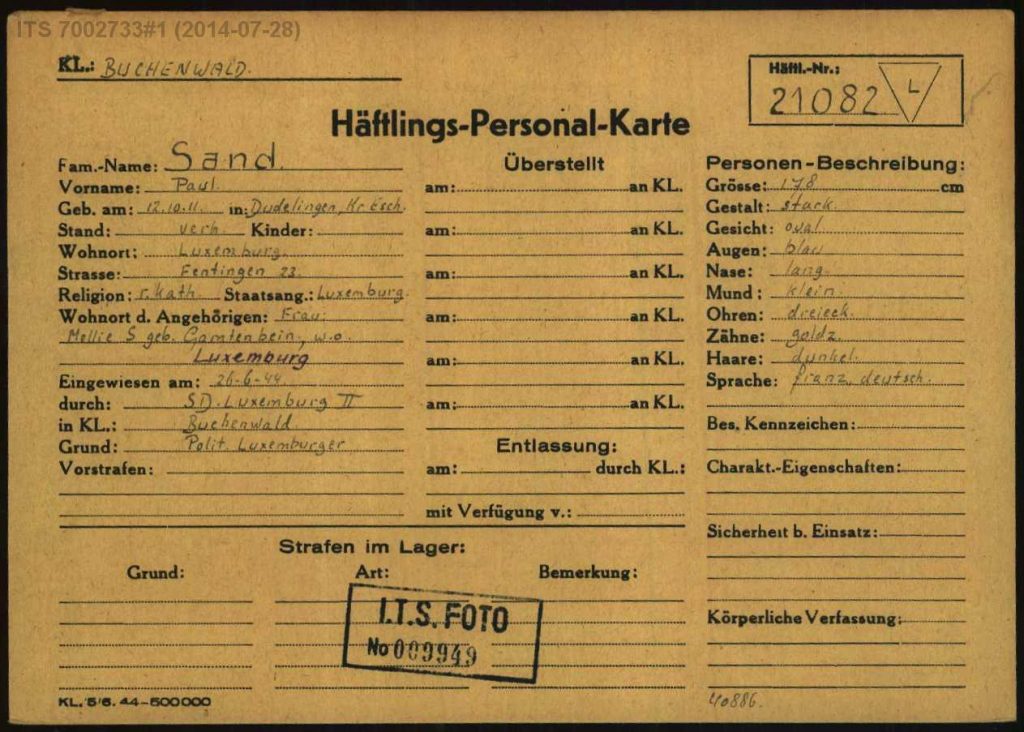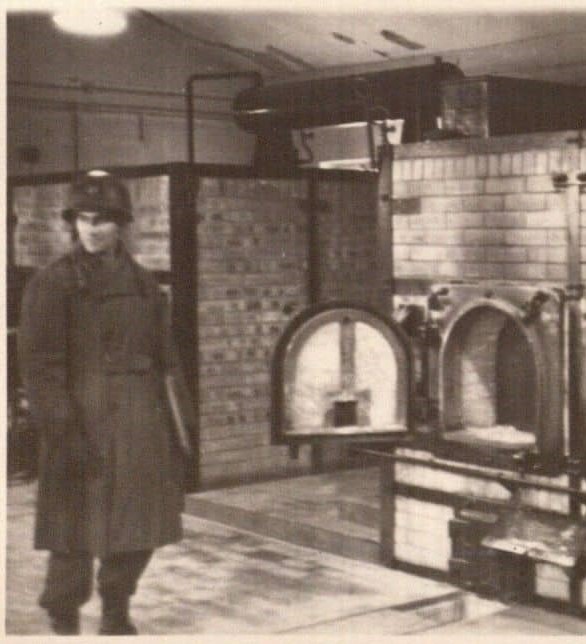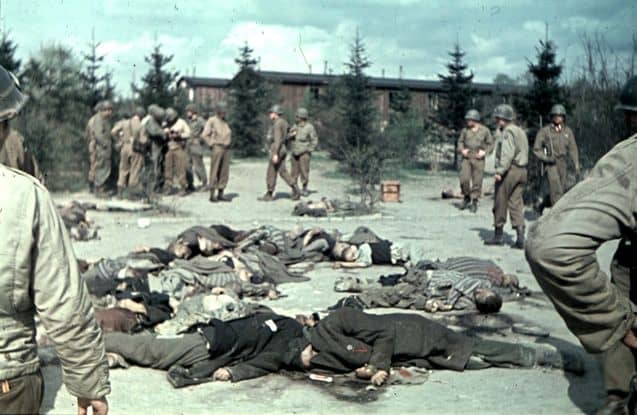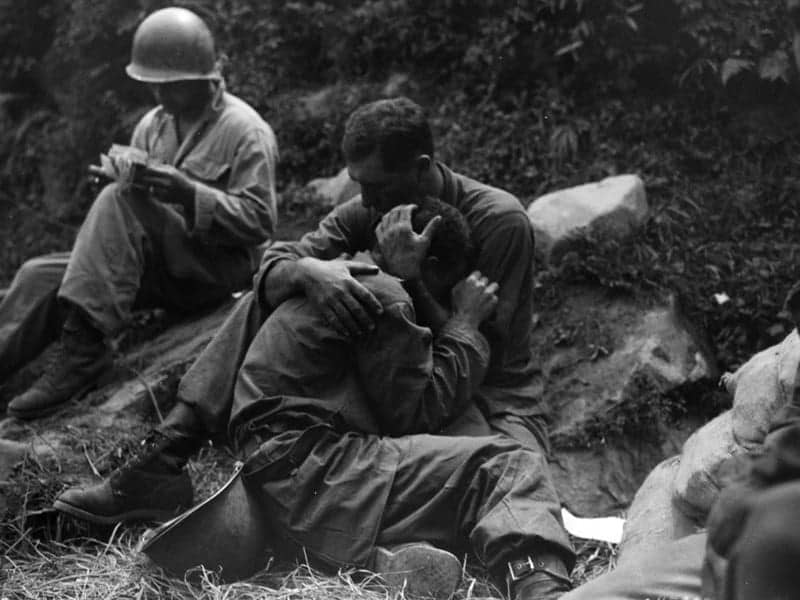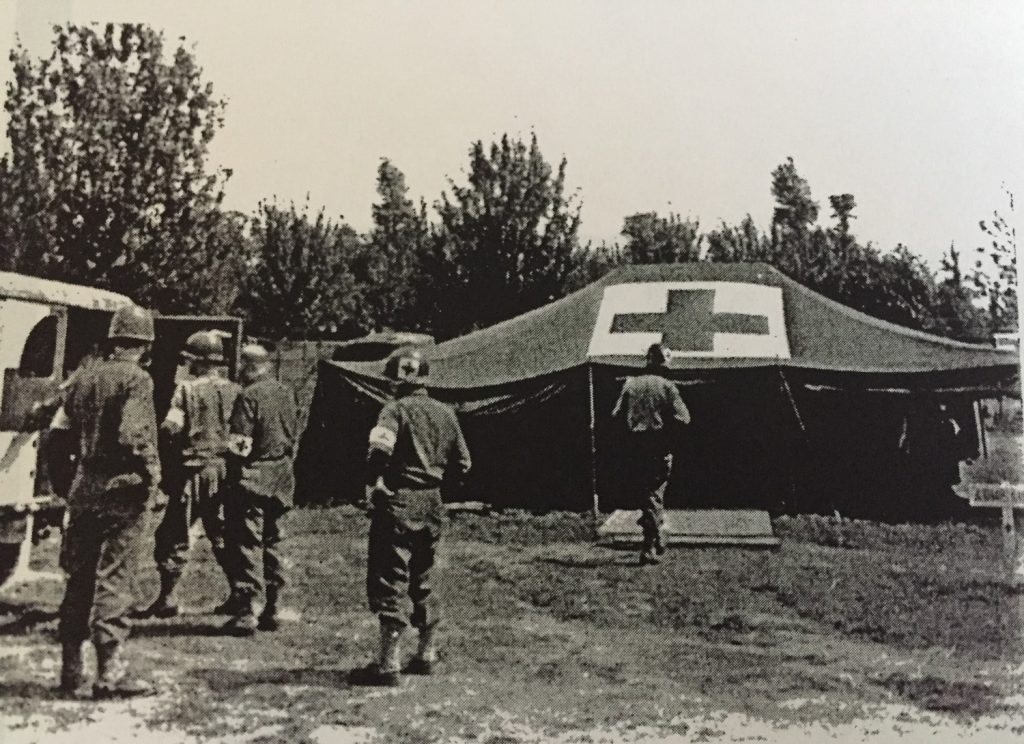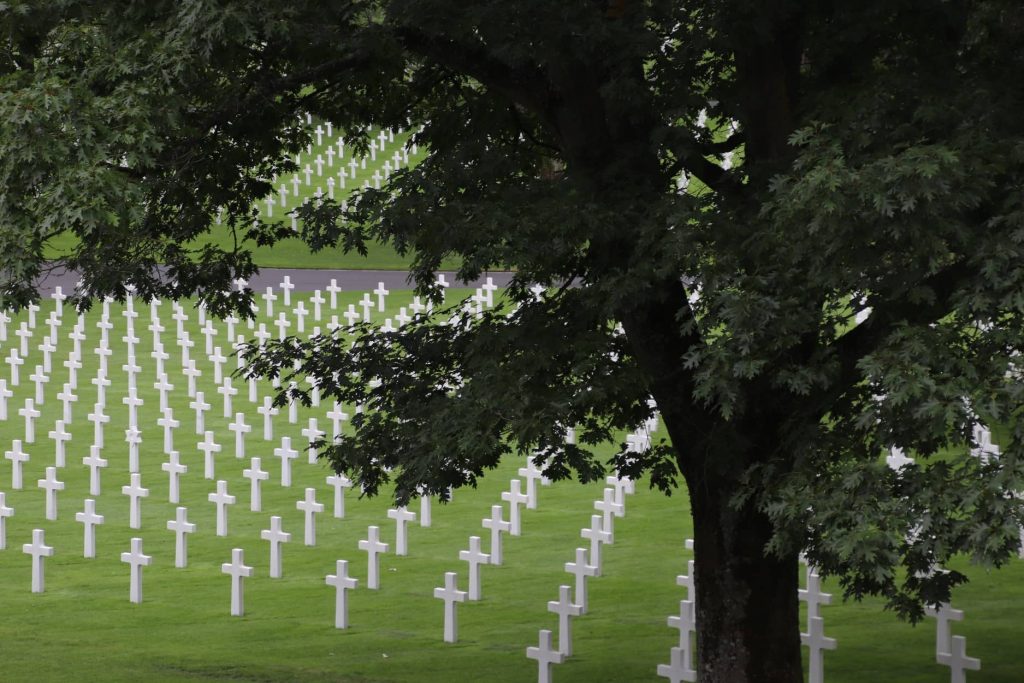Antibiotics use in the ETO during WW2 by the US ARMY.
Between June 1944 and VE-day some 175.000 GIs were admitted to a US Army medical installation in the ETO due to an infectious disease. Only 314 of these men died from these infectious diseases (0,02%). The total number of men admitted to a US Army medical installation for battle injuries in the ETO was 393,987. […]
Antibiotics use in the ETO during WW2 by the US ARMY. Read More »
